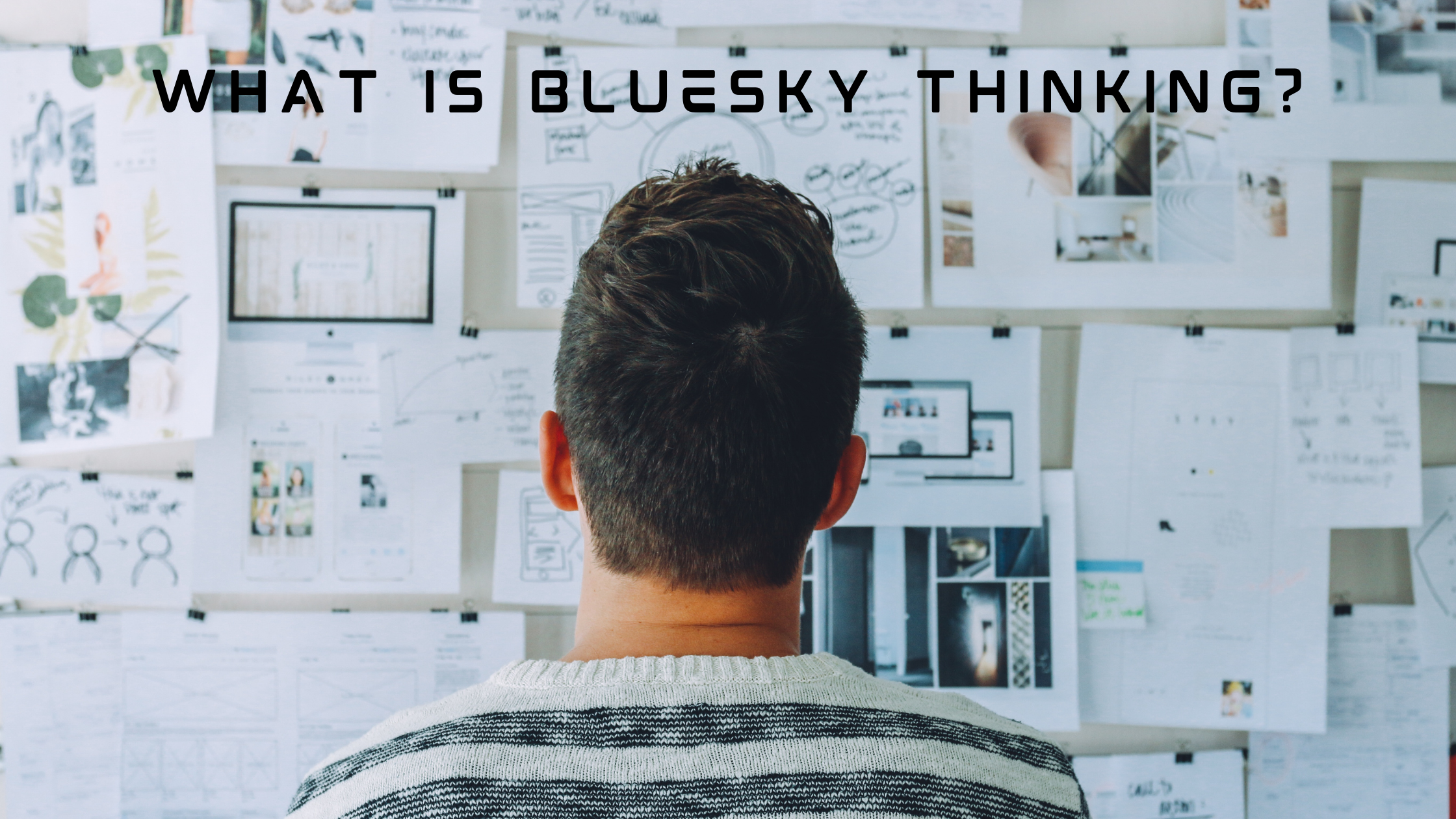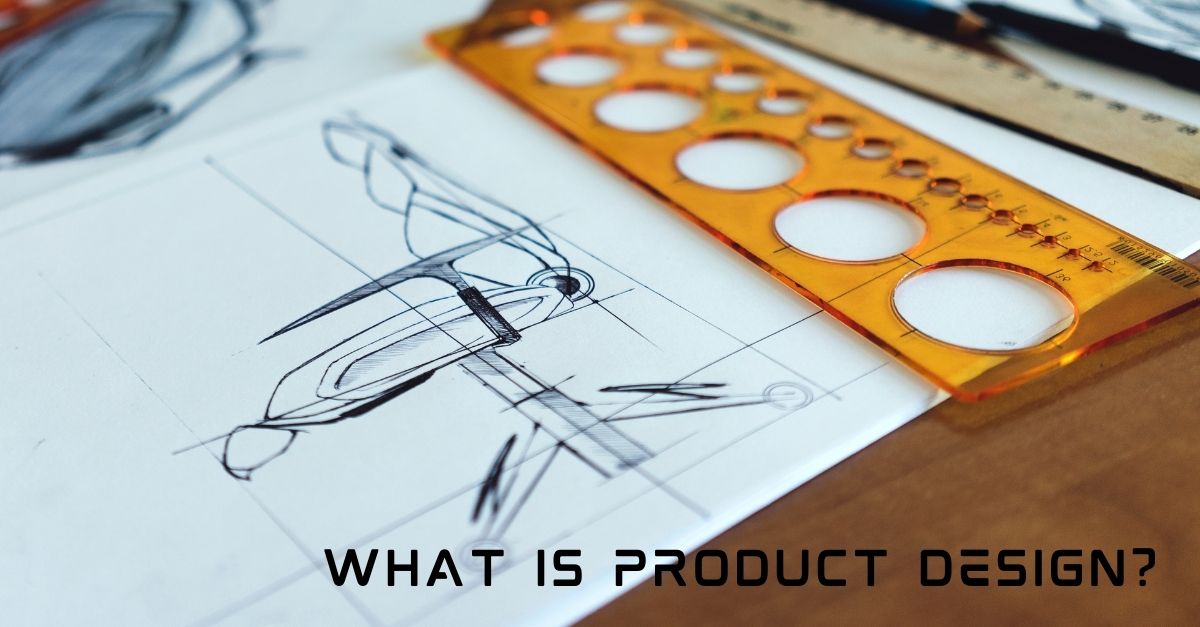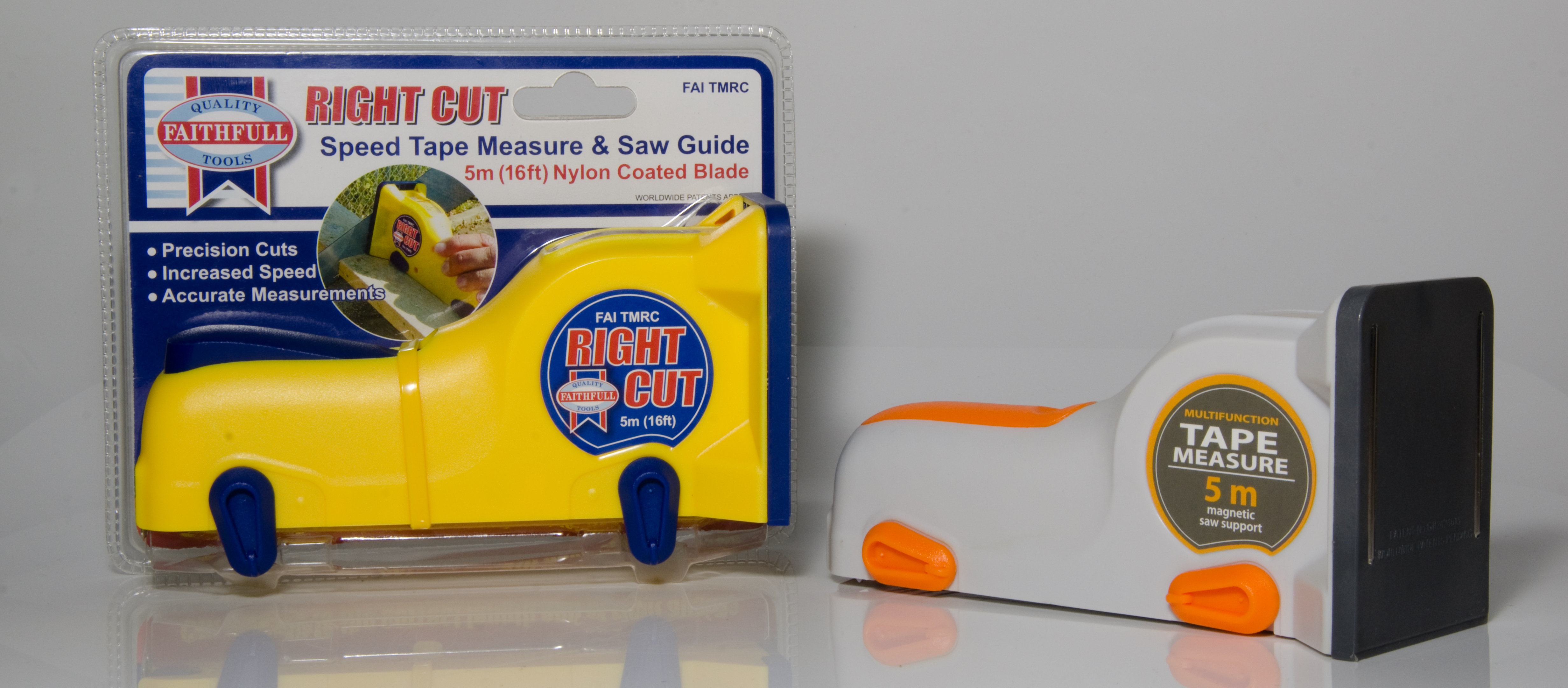Call Us: 01702 292984 Email Us: info@cube3productdesign.co.uk

The Oxford Dictionary defines innovation as ‘introducing something new’. In professional product development, innovation is achieved through a structured process where raw ideas are carefully and systematically developed into a tangible product.
To be successful, your business must innovate. How many thriving businesses do you see that are still doing what they did 20 years ago? Not many we bet! That’s because the world is unpredictable and changes quickly, so businesses must keep up to meet these new demands and challenges; They must innovate or die!
Take a look at any market sector and you will see innovation. Telecoms, music and film, consumer shopping, takeaway food, banking, and cars – to name just a few. Look at how the landscape for these sectors has changed in the last 20 years and you’ll see that the rate of change is continually accelerating.
Markets are no longer stable, consumers are fickle, and your competitors are targeting your share of the market right now. You need to innovate your products and services now or spend the same amount of time, money and effort playing catch up after your competitors do it first.
The definition of Innovation is the multi-stage process whereby organisations transform ideas into new/improved products, services or processes, to advance, compete and differentiate themselves successfully in their marketplace.
Innovation is distinguishable from creativity by its emphasis on the implementation of creative ideas in an economic setting. In other words, innovation is the coming together of creativity, market need and business viability.
Innovation is about looking at your products and services and asking how they can be changed to better meet the needs of your customers whilst giving you a competitive edge. Innovation is not copying what a competitor is doing – that’s just playing catch-up. Instead, invention creates new ideas, but innovation turns those ideas into tangible, marketable products that give your company competitive advantage.
There are different types of innovation. Here’s a few of the key types below to help you understand the different ways in which you can innovate:
This type of innovation is where a start-up or small company identifies a niche consumer base whose needs are not being fulfilled by the current suppliers as they are considered low profit customers. A product or service is created that meets their needs. The product offering is then expanded upon to match the needs of the high profit customers.
This is where a new market/consumer is created where one didn’t previously exist. This is not through a technological breakthrough but by creating a new kind of product or service using existing technologies. An example of this would be the home inkjet printer. Commercial printers were available for 20 years but did not serve home users. Hewlett-Packard created the first Deskjet printer targeted for home use and created a new consumer/market.
Incremental is about making continual improvements to your products to keep ahead of the competition. A great example company that does this is Gillette. They have continually added extra blades and features to their razor products, raising their perceived desirability and value.
This is where a technological breakthrough creates a new market or transforms an existing one. The obvious example here would be the introduction of the iPhone by Apple.
This type of innovation is about keeping pace with technological improvements and evolving feature requirements to continually improve product performance. Typically, this happens in highly demanding consumer markets. Imagine if Apple released their first iPhone and then decided not to create a version 2! They would have been pushed out of the market very quickly.
This is where a company sees another application for an existing technology which often creates a new market, so somewhat disruptive too. It is about reconfiguring products with specific technology to create new products. A great example of this would be taking a smartphone and creating a smart watch.
As you can see, there are a lot of different kinds of innovation, and we haven’t even discussed innovating the structure of how your company does business. Perhaps your business is losing market share with your current product offerings or maybe you have an idea for a new product but can’t see how to go about developing it innovatively; there is help out there.
If you are a start-up or existing company with products and services, you must innovate to stay competitive. Talking to a product design consultancy is a great way to find out how you can innovate more within your company so why not get in touch and let’s see if we can help you to be more innovative.

The term ‘blue sky thinking’ may be dismissed as “one of those business buzz-phrases,” but it is in fact a very useful technique in the pursuit of fresh ideas, innovation and problem solving. At its heart, blue sky thinking is all about stimulating creative ideas without limitations being imposed on them - at least not initially.
In blue sky thinking, you are literally of the mindset ‘the sky’s the limit’ so encouraging creative thought: the Collins dictionary defines the term as ‘creative ideas that are not limited by current thinking or beliefs.’
When trying to think of ideas to perhaps create a new product, write something original or problem solve, we often automatically limit and qualify them before they’ve even had a chance to ‘take flight’. The risk here is, while an idea may well need refining and some logic applied to it in time, it can be snuffed out prematurely if limiting thoughts are applied too early.
Thoughts such as “that’s ridiculous” or “that would never work” or “far too expensive” or “no-one would like it” can crowd in as part of the general way we filter creative thoughts and ideas. The ‘blue sky’ approach is to free our minds of limitation so as to let ideas flow - even to the point of applying some so-called ‘wacky’ thought to them.
For instance, an idea for a product might surface and you might say “what would happen if this was in space?” or “how would we market this with an unlimited budget?” or similar. These questions might sound daft, but they can free the mind wonderfully and, from this way of thinking, valuable nuggets can be mined.
A classic example of blue sky thinking in action is Apple: their slogan ‘think differently’ sums up how they have founded their success. Their founder, the late Steve Jobs, was full of innovation and ideas based on thinking with a vision not initially limited by commercial or logistical considerations.
He ‘did’ the unfettered blue sky thinking, and his design experts brought it about in the products that Apple have founded their success on. Indeed, Apple re-invented itself from a computer maker to more of an all-round electronics company, and now make most of their considerable sales in mobile tech.
Imagine if limiting thought dominated the process when Steve Jobs was blue sky thinking about the mobile phone market? He would have been warned that the market was ultra-competitive, dominated (at the time) by companies such as Nokia and Sony Ericsson, so how could a non-mobile name like Apple get a foothold in that seemingly ‘sewn up’ space?
The rest is history: the iPhone is now the biggest selling smartphone in the world. It’s not too dramatic to say that, if Jobs had listened to naysayers, the iPhone might never have come into being.
Children are classic blue-sky thinkers: when playing they have no limits and are constantly thinking without limitation until, unfortunately and perhaps inevitably, it wanes and perhaps stops altogether as they grow a little older and ‘self-edit’ so applying limitations often disguised as logic to situations.
Coming up with ideas isn’t easy - and even tougher when there are deadlines - so it’s important to go and get ideas as opposed to hoping inspiration will strike.
Blue sky thinking is actually a structured part of proactive ideas generation: allowing ideas to appear and evolve without applying limiting thoughts so that the chances of finding at least one that ‘works’ are increased.
Once the blue-sky thinking phase is through then comes evaluation - but not before.
So far from being a ‘business buzz phrase’ blue sky thinking is a valuable technique that can significantly enhance commercial success.

I saw a post recently on a job site. "What is the role of a product designer? I find myself intrigued to uncover what the role entails. Is it design? Is it management? Is it research? Does everyone define the role in the same manner? Anyone have thoughts on this?” The first answer back was "It’s a bit of everything”
In Wikipedia’s entry for product design it says "Due to the absence of a consensually accepted definition that reflects the breadth of the topic sufficiently, two discrete, yet interdependent, definitions are needed: one that explicitly defines product design in reference to the artefact, the other that defines the product design process in relation to this artefact.”
So it’s a difficult discipline to define then! Let’s have a go at defining it here in 2021.
Product design is broadly speaking the effective generation and development of ideas through a process that leads to new products. But it’s more than this. It is in fact a mixture of many varied disciplines, some of which are listed below.
Product design is about all of these aspects. The role of design in modern business is more important than ever in our unpredictable and ever changing world. Product design is about exploring new ideas; about making your product stand out from the sea of alternatives; about making users love the product and everything it stands for, and about making your company love its own products because they’re cost effective to build and make profit!
There is so much that can be written about the role of product design, but hopefully this gives you an insight into some of the key elements. Talk to Cube3 product design today, and see what they can do for your business.
‘StoreFloor’ is a revolutionary new product from LoftZone that allows homeowners to increase the thickness of their loft insulation and continue to store their prized possessions in the same loft space!
LoftZone chose to develop the ‘StoreFloor’ system with Essex based Product Design consultancy, Cube3.
Gary Rose, creative director at Cube3, said; "When LoftZone first approached us with their innovative idea, we were really excited. We could see the advantages of the system right away and really wanted to create a unique design that would be strong, cost effective and easy to install.”
The key innovation here is the versatility of installation. The ‘StoreFloor’ system is not only easy to install but crucially will fit in almost any loft. Roof truss or ceiling tie spacing varies tremendously, but the loft boarding panels are of a fixed size. The ‘StoreFloor’ system deals with this problem easily where previous solutions failed. We have used a lightweight beam component and a unique triangulated polymer support to allow a considerable variation in ceiling tie spacing without the need for the installer to cut the boards to size!
Gary Rose said, "It was important to create a system that would deal with this issue in a simple and cost effective manner. I believe together with LoftZone, we have created a great solution and a very successfully product.”
Dave Raval, chief executive of LoftZone, said; "These design innovations ensure the system is compatible with the vast majority of homeowner’s loft spaces and gives them the opportunity to increase their loft insulation to 270mm. This will improve their homes thermal efficiency without compromising their storage requirements.”
Simon Miller, Financial director at Cube3, said; "We are really pleased to have worked with LoftZone on the development of this product and look forward to working together on further successful projects. LoftZone have proved that true entrepreneurial spirit and British innovation are most certainly alive and kicking in the UK.”
Since its launch at Eco build 2012, the system has received incredible levels of interest and has led LoftZone to win the "Business of change 2012" award.

Some time ago we entered into a joint venture with a start-up IP company and developed a patented device for measuring and cutting wood accurately and squarely. This project was another ground up design from concept to manufacturing data. It is now manufactured in China under license and won hand tool of the year at two prestigious UK events in 2010. It is now distributed by Toolbank under the Faithfull brand, Clas Olhson as the Multifunction Tape measure and has a number of other brands very interested in the increasing sales volumes the product is currently making.
The product is being received very well, with users comments ranging from "How did I ever survive without this tool" to "Overall, first impressions are five-star"
With a vested interest in the product's success, we are looking forward to reaping the rewards for good design!